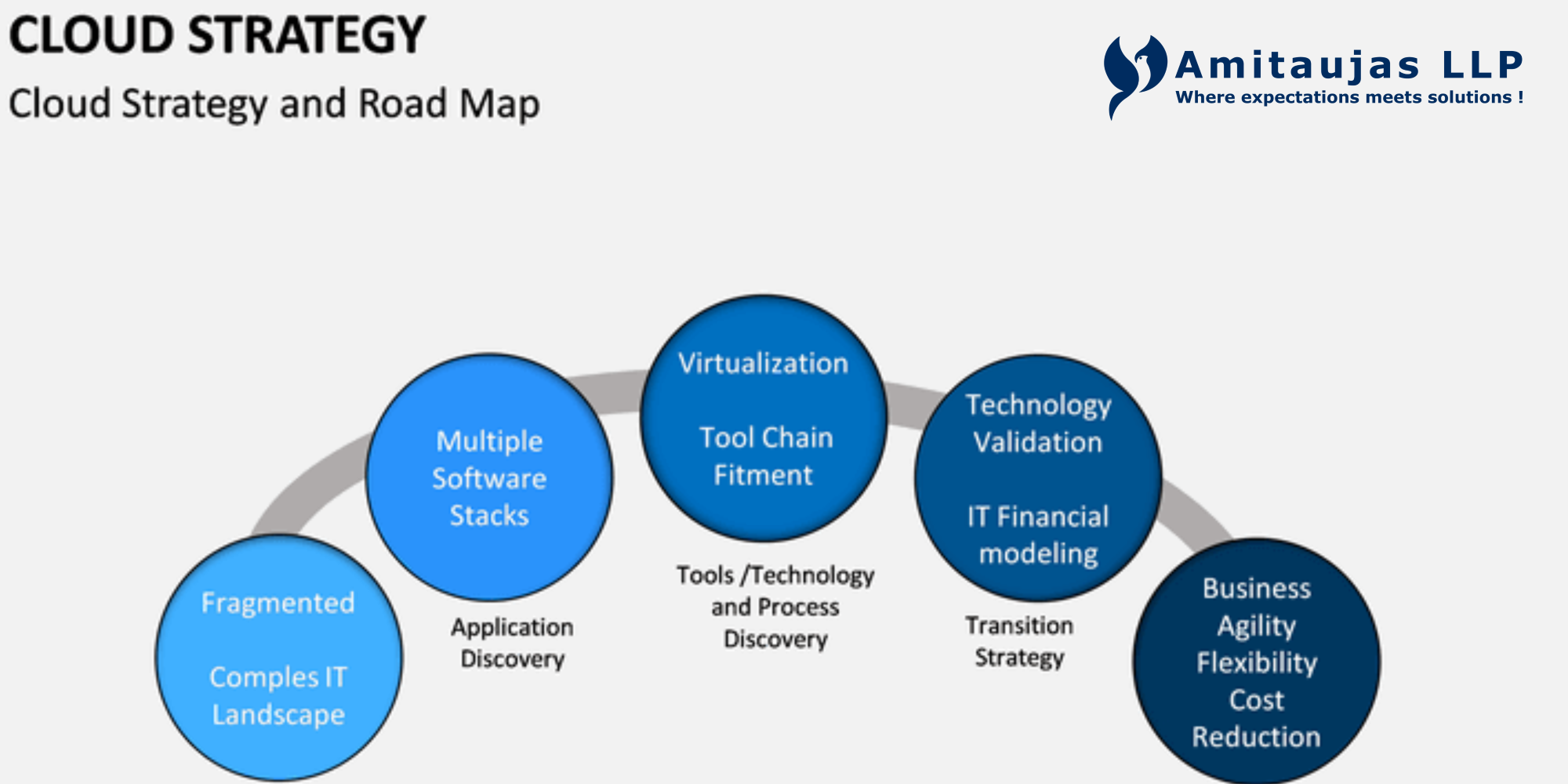
Cloud-First Strategies
Cloud-First Strategies refer to an organization's approach to prioritize cloud-based solutions when developing new applications or migrating existing systems. Instead of considering traditional on-premises infrastructure as the default option, businesses adopting a cloud-first strategy focus on leveraging the flexibility, scalability, and cost-efficiency of cloud platforms.
Challenges of Cloud-First Strategies
- Data security and privacy concerns: Shifting sensitive data to the cloud requires robust security protocols to protect against breaches and ensure compliance.
- Vendor lock-in: Heavy reliance on a single cloud provider may limit flexibility, making it challenging to migrate to another provider if needed.
- Skill gaps: A successful cloud-first strategy requires a skilled workforce familiar with cloud architecture, automation, and security. Retraining or upskilling may be necessary.
- Legacy integration: Migrating from legacy systems to the cloud can be difficult and may require new architectures or the use of hybrid models.
Best Practices for Implementing a Cloud-First Strategy
- Assessment and Planning: Begin with a comprehensive assessment of your current IT infrastructure and workloads to determine which applications and services are the best fit for the cloud. Organize workloads that benefit from scalability, flexibility, and cost reduction.
- Choose the right cloud provider: Evaluate cloud providers based on factors such as service delivery, pricing, performance, security, and support. Ensure that the provider aligns with the company's long-term needs and goals.
- Application Modernization: Modernize legacy applications by building or rebuilding them using cloud-based technologies such as containers and machine learning services. This increases efficiency and improves scalability.
- Cloud Governance and Security: Establish a robust governance framework that includes policies for data security, compliance, cost management, and access rights. Use cloud monitoring and security tools to maintain visibility and manage your cloud infrastructure.
- Training and Improvement: Ensure that your IT team is well-versed in cloud technologies. Invest in training and upskilling programs to address skill gaps and increase the effectiveness of your cloud-first strategy.
- Continuous monitoring and optimization: Regularly monitor cloud operations to optimize resource utilization, cost, and performance. Use automation and intelligence tools to identify bottlenecks and scale resources based on realistic usage patterns.
